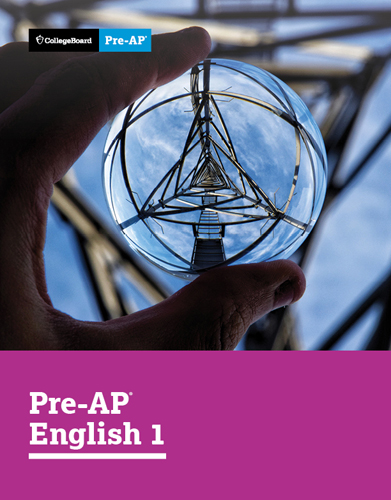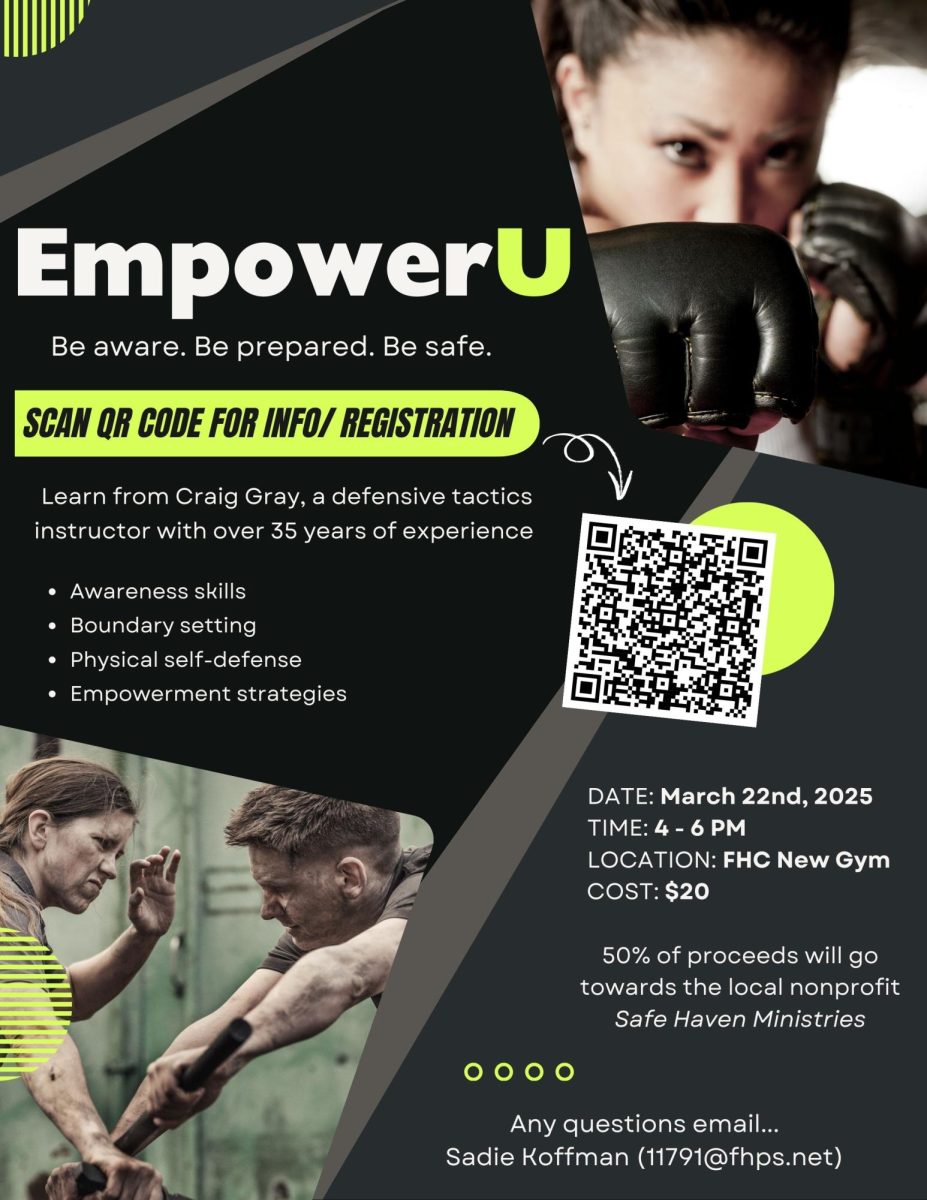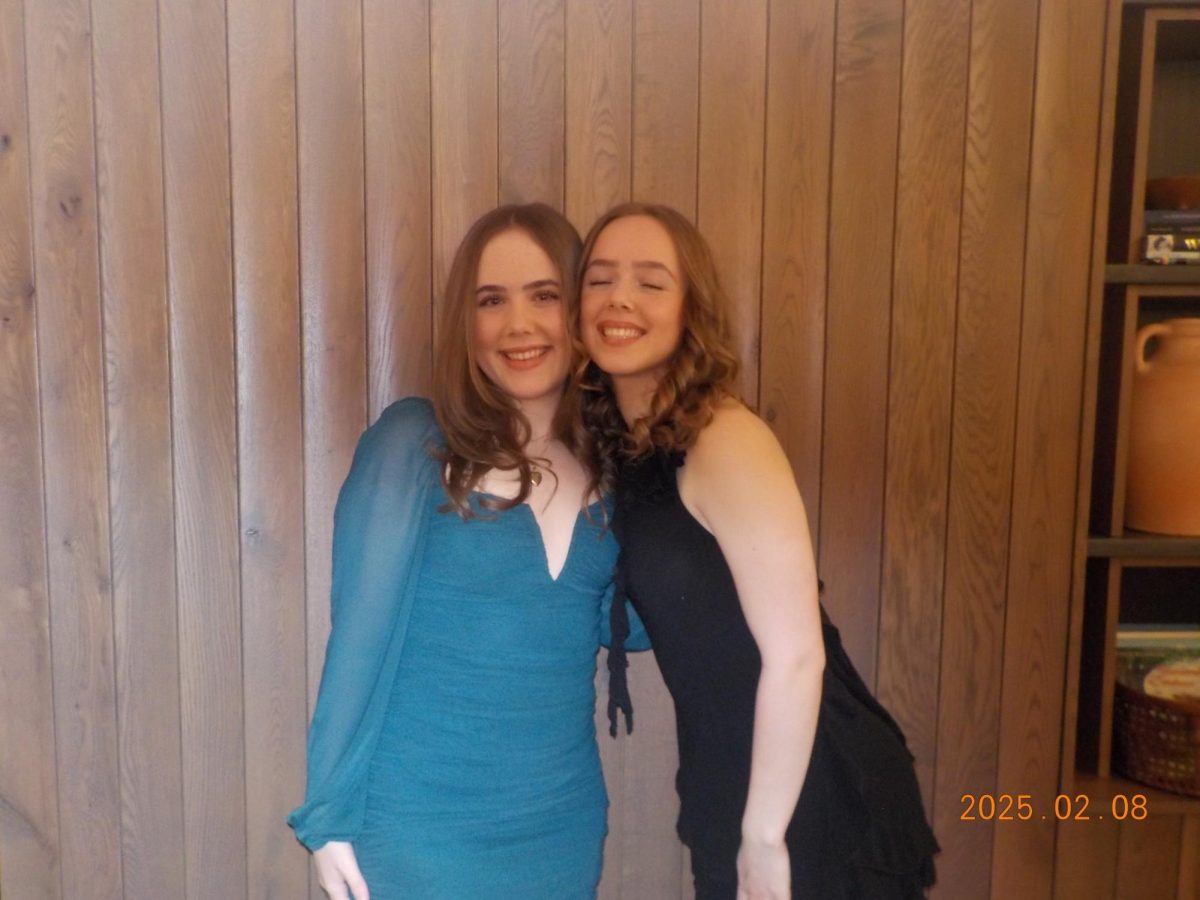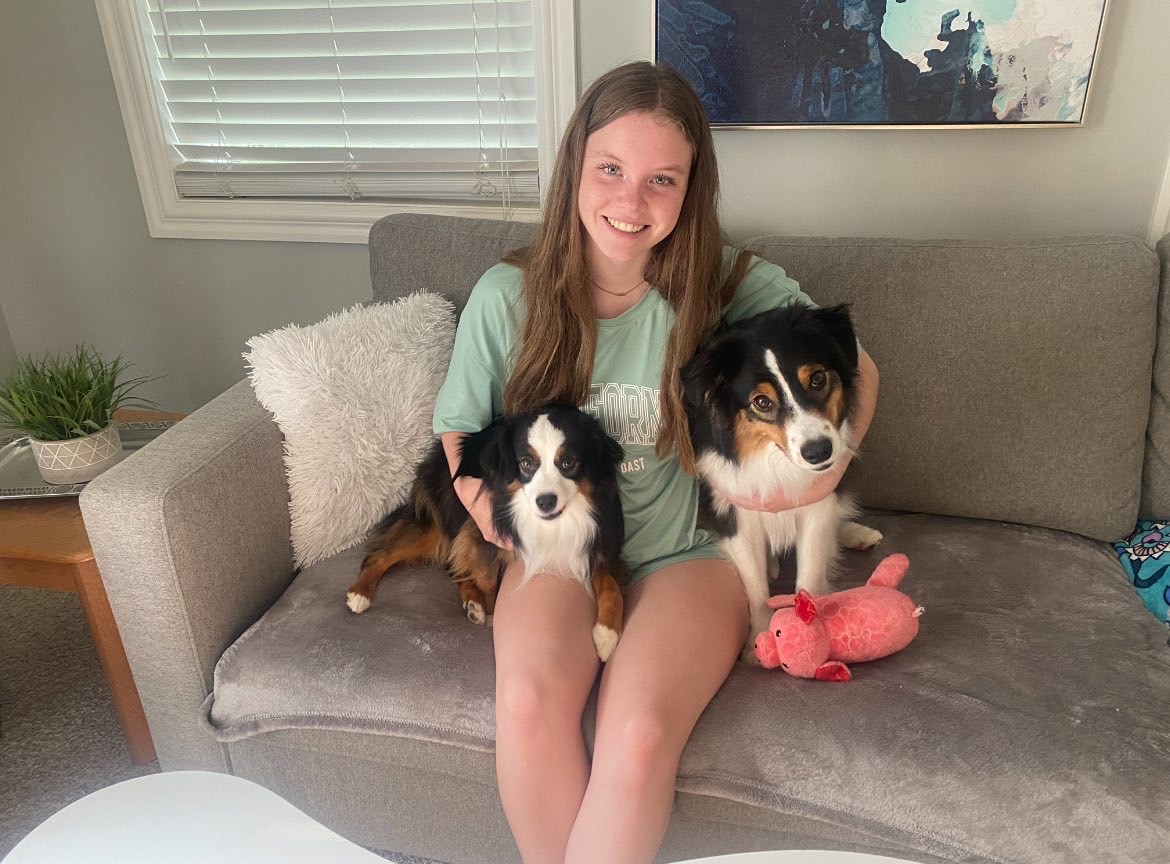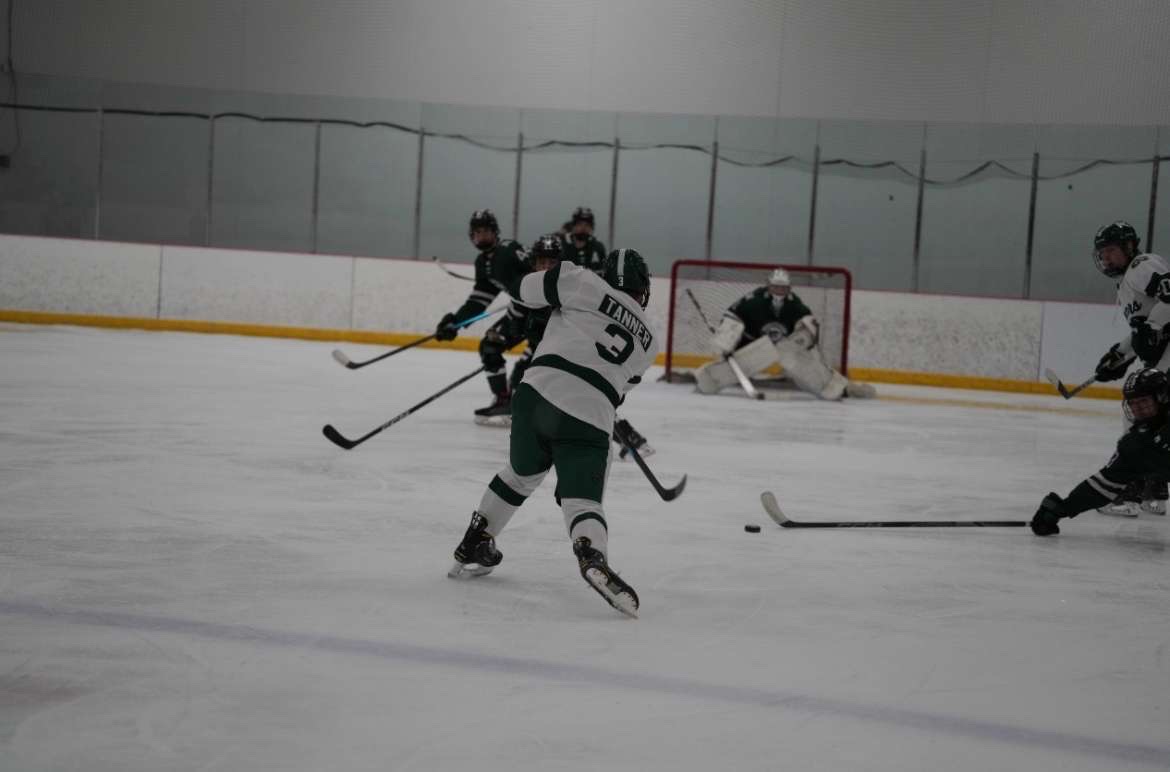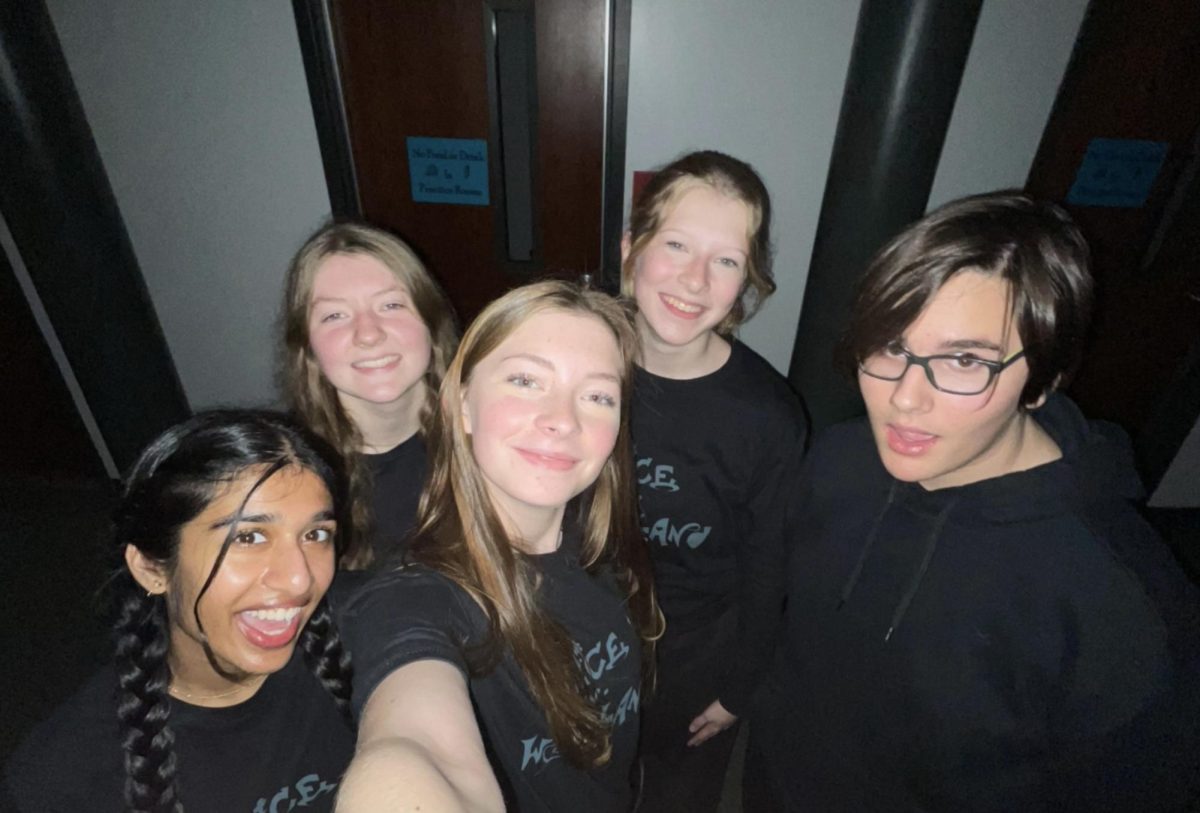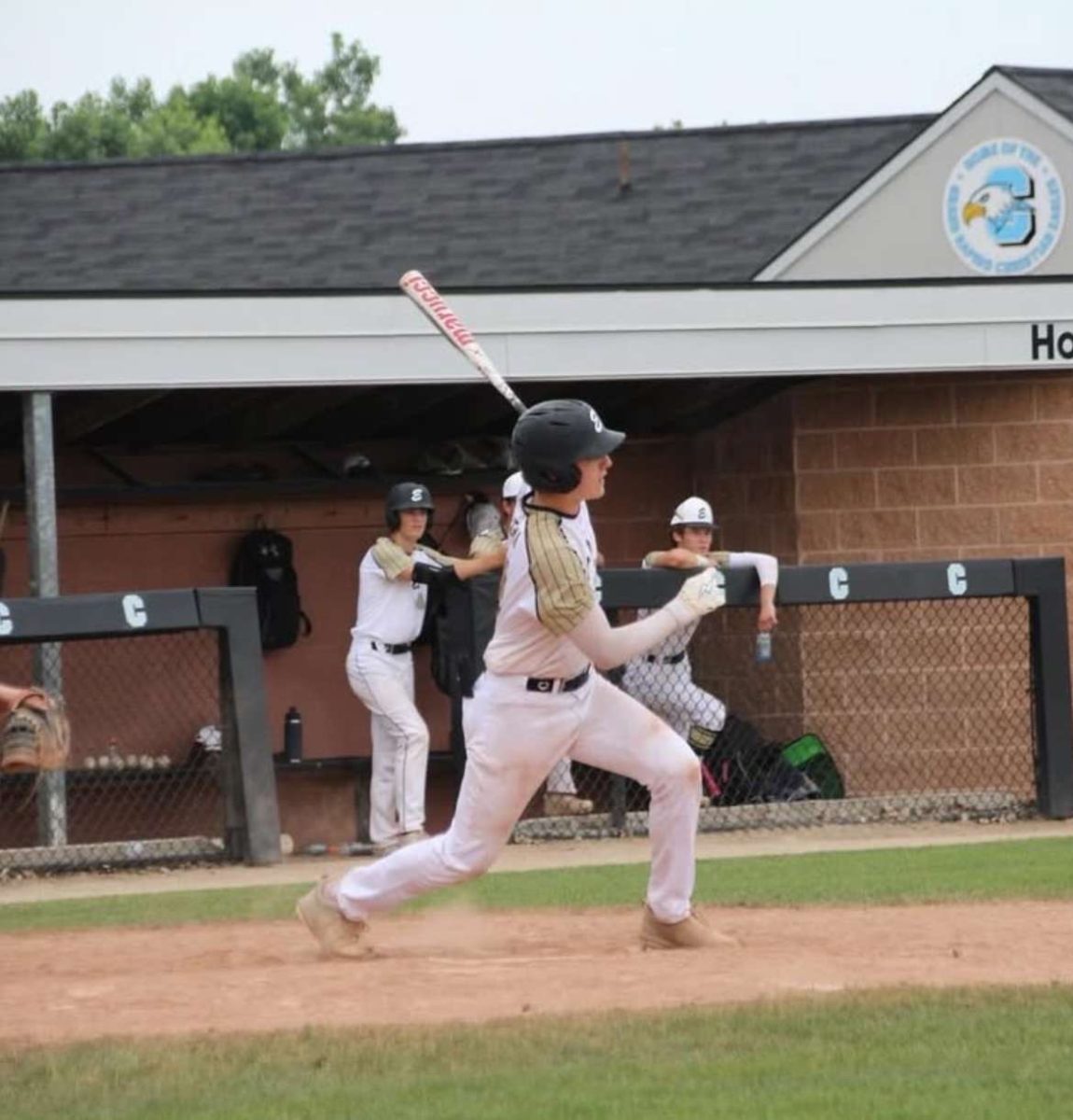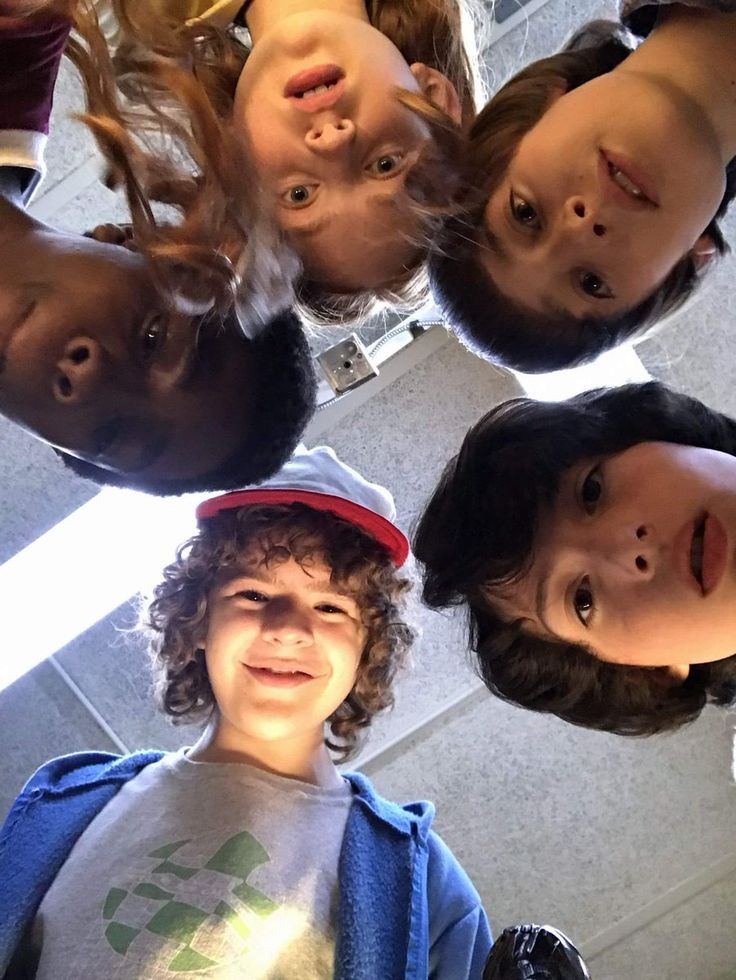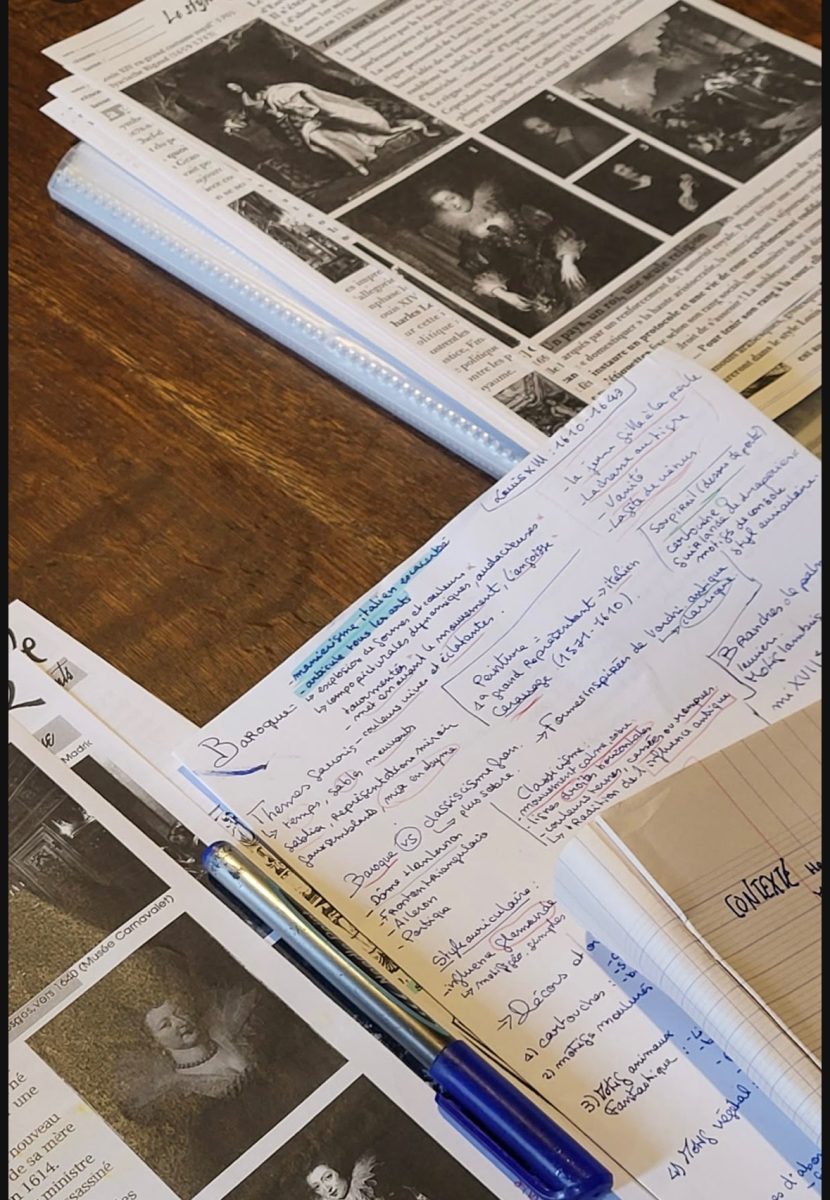One student’s view on HAP’s cat dissection
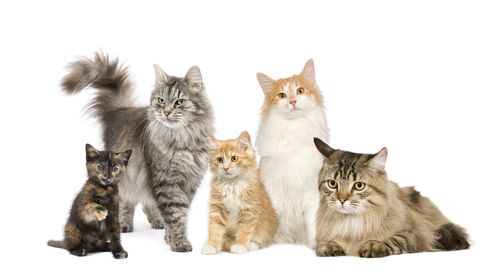
One of the many courses FHC has to offer is HAP. HAP is an acronym for Human Anatomy and Physiology; anatomy being the study of body parts visible to the naked eye, such as the heart or bones, and physiology being the study of the function of body parts and the body as a whole. On a simpler level, this class is the study of how the body works. One of the many ways students learn about the body is, by far our biggest segment, the dissection of a cat. Yes, you heard me right; those fluffy little animals that a large amount of the population has as pets are being used for scientific research, and currently being cut open for learning purposes on the upper levels of FHC.
Normally, I’m all for a good dissection; it’s an amazing way to get hands on experiences and learn in a way other than reading from a book, but this certain project has me somewhat conflicted on how I feel. On one hand, not many people, that I know at least, can say that as a junior in high school they have had the chance to cut open a cat and learn how they function.
Also, like I said before, it’s a lot more interesting and interactive than reading out of a book. When doing this project, it’s hard not to think about how before this cat came to be on my lab table that it had a life, possibly with a family of its own. Another downside is the beautiful smell that comes along with the cats. They are preserved with a chemical that for some reason can not smell nice whatsoever. We were told that if we want to bring a vanilla candle to mask the smell, then we should go right ahead and do it.
Going into this class, I did know about the cat dissections. However, I thought that by the time the actual dissection came around, I would be fine with it. I guess I thought wrong. While I can still get my work done, thanks to my partner, it still makes me a little queasy looking at the dead specimen on my counter top. Still, I am glad we’re doing this. It’s an interesting experience and definitely is something I will never forget.
I feel that through the dissections, we can learn so much more about anatomy and physiology, comparing it to the human body and what functions are similar and different based upon how each species survives and thrives in the world. Also, by studying the cat, we can tell based on its anatomy and physiology how the cat lived, what its diet was like, if it was owned at a point or not, etc.
In the end, if you are looking to go into the medical field, I would highly recommend taking this class. Even if you’re not going to go into the medical field, you can still take this course. Even though it is challenging due to all the memorization, it is still an amazing class that is offered at our school. It is interesting and can be a class that will challenge you and push your limits to prepare you for college.
Also, one of the HAP teachers, Mr. Scholten, does an amazing job keeping us all interested and on our toes, so it is an overall great experience that I think every student should experience for themselves.

Emma Beck is a junior and is entering her first year on staff. She is very excited to be a part of The Central Trend, and is hoping to continue being on...






